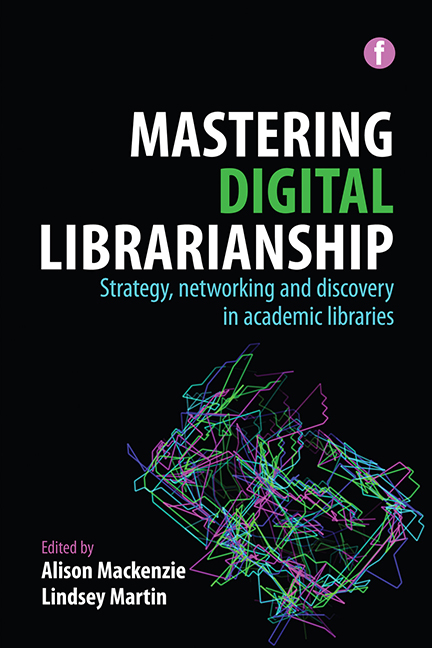6 - Learners and digital identity: the Digital Tattoo project
Published online by Cambridge University Press: 13 September 2022
Summary
We all understand that an embarrassing photo could damage our reputation, but what are other, less obvious ways we might do so?
Teacher candidate, Faculty of Education, UBC.My online networks all have very different values – friends, professional colleagues, family. Managing all of them gets complicated.
Undergraduate student, UBC.Now that I’m graduating, I feel the pressure to build a brand. It's depressing.
Graduate student, UBCIntroduction: our motivation
Students, like the rest of us, are leveraging the public (or quasipublic) nature of social media and related technologies to organize protests, collaborate on projects, document and share experiences, voice opinions, participate in likeminded communities, arrange social functions and share gossip. Though we have always used the media at hand to communicate with wider public circles than we typically interact with, the process usually took a bit of planning, organization and involved more than a single individual to make it happen. Today, anyone with a smartphone and an internet connection can post an image or video that can be viewed by hundreds or even millions, if public attention is captured. It is not uncommon for an aspiring musician to garner hundreds of views on a music video uploaded to YouTube, an art student to get hundreds of comments onan online exhibit created on Flickr or an aspiring journalist to get picked up by a major news source for a politically astute tweet or blog post. These are average people with individual access to a broad public audience via the free social media tools available today.
In a recent publication dedicated to themes related to socially mediated publicness, researchers Baym and Boyd (2012, 321) note that this ‘level of moderate, widespread publicness is unprecedented’ and brings with it both opportunities and challenges. The complexity of the multiple contexts and networks that students interact with, combined with technology that allows information to travel across contexts quickly and easily with the touch of a send button, requires both new literacies and new skills. Baym and Boyd (2012, 320) make the point that ‘understanding sociallymediated publicness is an evershifting process throughout which people juggle blurred boundaries, multilayered audiences, individual attributes, the specifics of the systems they use and the contexts of their use’. This is a process that takes time and, like any developmental process, involves mistakes.
- Type
- Chapter
- Information
- Mastering Digital LibrarianshipStrategy, networking and discovery in academic libraries, pp. 103 - 120Publisher: FacetPrint publication year: 2014
- 3
- Cited by

